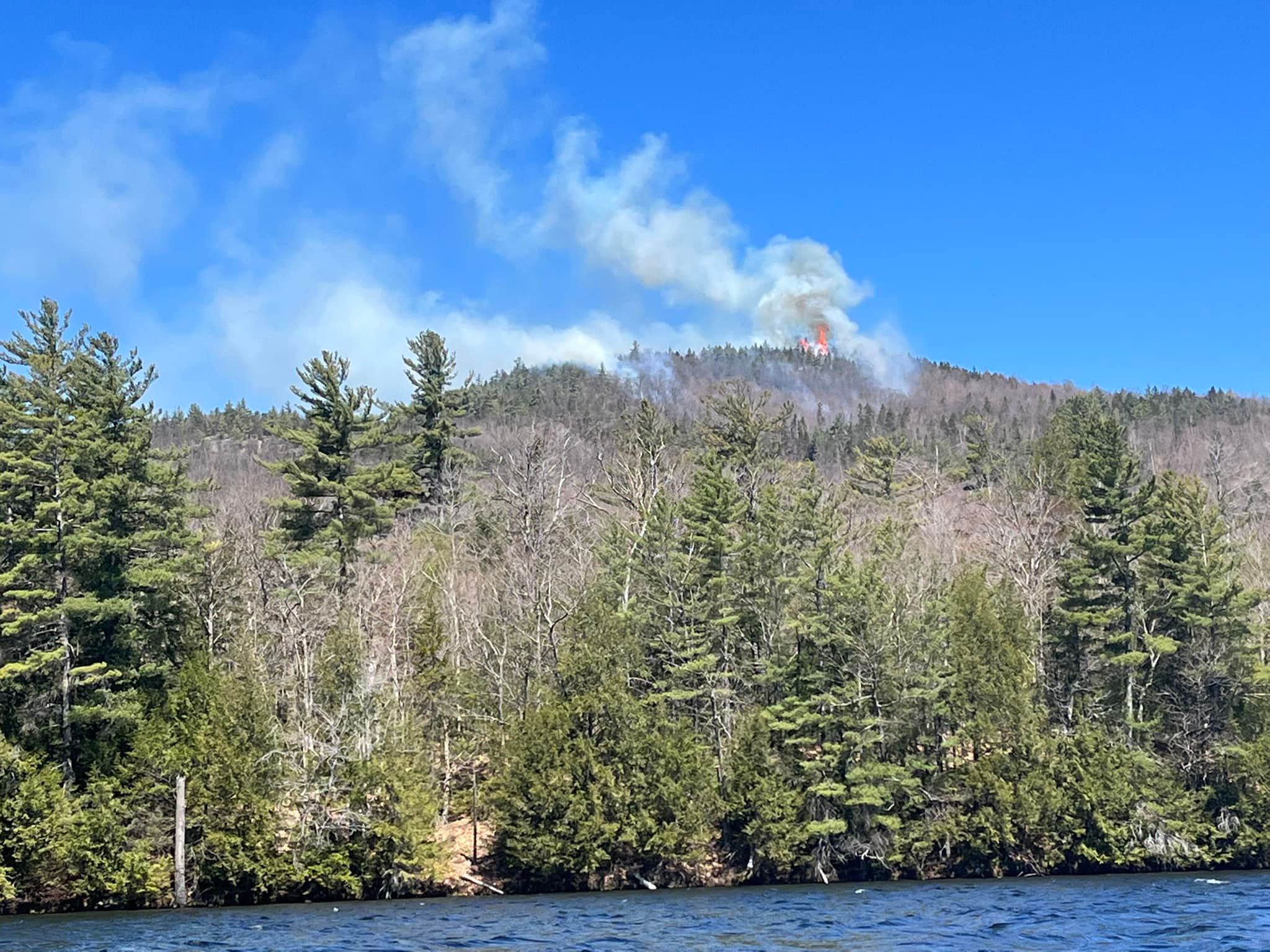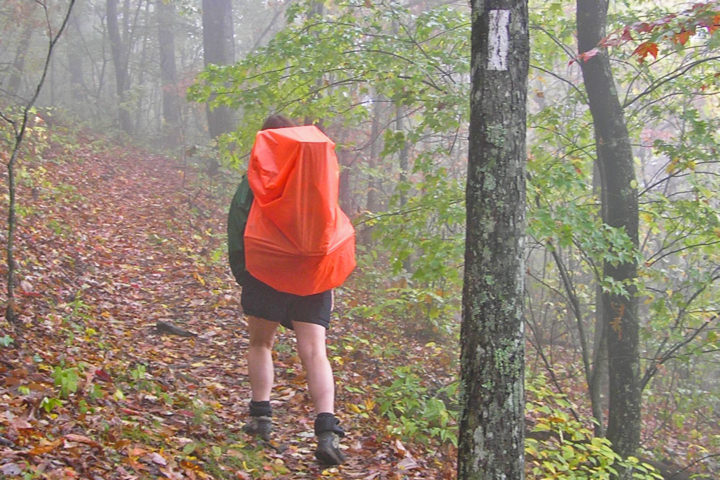Plan and Prepare
Fall Wildfire Season is Here. You Can Help Make it Uneventful.
September 7, 2023

Pictured: The Centennial Wildfire closed a section of the A.T. in New Hampshire in 2022. Photo: USFS/White Mountain National Forest
Updated October 31, 2024.
Fall wildfire season has arrived along the Appalachian Trail (A.T.), particularly in the south. The National Interagency Fire Center issued their predictive maps for September and October 2024, indicating that there is significant wildland fire potential along the A.T. this fall with burn bans in place from Maryland to Maine.
These precautions are not limited to those states, however, as dry conditions, fallen leaves, and Hurricane Helene debris greatly increase the chance of wildfires throughout the Appalachian Mountains. To help protect the A.T. landscape, the wildlife that calls the Trail home, and other hikers, take extra precautions with campfires and camp stoves:
- Always check for local burn bans before you hit the Trail and forgo a campfire if a burn ban is in effect.
- Even if a burn ban is not in effect for your area, consider not having a campfire to lessen your impact on your overnight site and prevent any accidental wildfires. This is especially important on dry and windy days.
- If there is no burn ban and you choose to have a fire, follow Leave No Trace fire building guidelines:
- Use only existing fire rings.
- Only burn dead and down wood no thicker than your wrist.
- Burn all wood down to ash.
- Make sure all fires are completely out and cold before leaving the area.
- Never burn trash or food waste – always pack it out instead. Burning trash and food waste can cause permanent damage to the environment, leach chemicals into nearby water sources, and attract wildlife.
Check our Trail Updates page to see if any closures, burn bans, or other alerts are posted for your area of the Trail. Visit smokeybear.com for more tips on preventing wildfires.
Discover More

Plan and Prepare
Camping
Whether you’re pitching a tent in a designated campsite or choosing dispersed camping (where allowed), minimize your impacts and know the camping regulations on the Appalachian Trail.

Plan and Prepare
Safety
Learn about the hazards you may face when hiking the Appalachian Trail and how to avoid or prepare for them is the best way to stay safe.

BACK TO THE BASICS
Leave No Trace
Wondering how you can take care of outdoor places like the Appalachian Trail (A.T.)?
